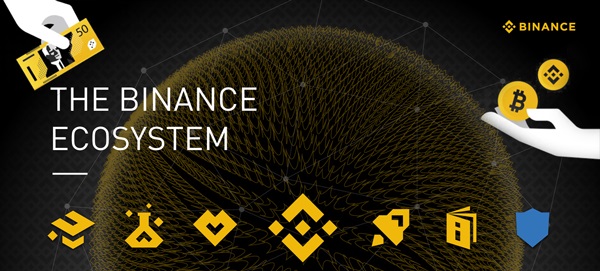Caroline Bishop
Apr 22, 2025 03:16
AI is transforming both art and industry by enabling faster and more innovative creation processes, demonstrated by artists like Alexander Reben and companies like Machina Labs.
Artificial Intelligence (AI) is playing a pivotal role in reshaping both the artistic and industrial landscapes, offering new avenues for creativity and innovation. This trend is highlighted by the work of artists like Alexander Reben, who is melding AI with robotics to push the boundaries of artistic expression, according to NVIDIA’s blog.
AI and Art: A Symbiotic Relationship
Alexander Reben, a prominent AI-first artist, has been at the forefront of integrating AI into various artistic mediums. His recent projects explore the intersection of AI and robotics, allowing for the creation of novel art forms. Speaking at NVIDIA’s GTC 2025 panel, Reben described 2025 as “the year of speaking art into life,” emphasizing how AI and robotics have shortened the distance between imagination and realization.
Reben, who is also an artist-in-residence at Meta, collaborates with Silicon Valley startups to harness the tools necessary for his creative endeavors. His latest works, large metallic sculptures, are crafted using robotic arms from Machina Labs, a startup that is part of the NVIDIA Inception program. These robotic arms, powered by AI, enable rapid prototyping and customization, essential for Reben’s artistic vision.
Innovative Manufacturing with AI
Machina Labs, known for integrating AI into their robotic arms, supports both artists and industrial clients. Their AI-driven machining process significantly reduces the time and cost needed to produce finely tooled parts. The same technology used by Reben for his sculptures is employed by Machina Labs’ customers to create bespoke components for drones, vessels, and airplanes.
This process involves advanced AI and accelerated computing, where sensors continuously scan materials to create 3D models. These models are processed within NVIDIA Omniverse using NVIDIA Warp, a simulation framework that predicts material movements. This technology allows for precise, real-time adjustments, resulting in parts crafted to exact specifications.
The Future of AI in Creativity
Reben’s approach to art creation involves training AI models to generate 3D designs that can directly control robotics. This method moves beyond traditional text-to-image capabilities, offering a glimpse into the future of AI-driven art. At the GTC 2025 panel, Reben expressed his vision of a future where robotics and art are seamlessly integrated.
The collaboration between artists and AI-driven manufacturing exemplifies how technology is empowering creators to rapidly and accurately bring their visions to life. As AI continues to evolve, its impact on both art and industry is poised to grow, heralding a new era of innovation and creativity.
Image source: Shutterstock




